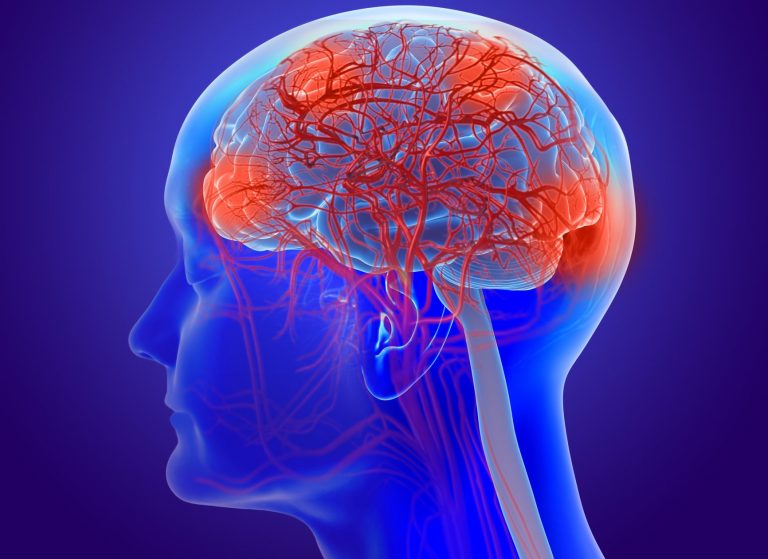
While it is known that the progression of Alzheimer’s disease (AD) symptoms and neurodegeneration go hand in hand, the specific events that cause the disease are still poorly understood. Now, a team of researchers from Brigham and Women’s Hospital and Boston Children’s Hospital, reporting in the journal Nature, have found that somatic mutations within Alzheimer’s patients’ brain cells may accumulate at a faster rate than those associated with normal aging. This discovery potentially explains why brain cells die and reveals new pathways to target for AD treatments.
“As we age, neurons are known to accumulate somatic mutations. In AD neurons, however, we see more mutations and DNA alterations,” said lead author Michael B. Miller, MD, PhD, of the Department of Pathology at the Brigham in a press release. “Our results suggest that AD neurons experience genomic damage that causes immense stress on cells and creates dysfunction among them. These findings may explain why many brain cells die during AD.”
For their work, the researchers used single-cell, whole-genome sequencing of 319 hippocampal and prefrontal cortex neurons of patients with or without AD to determine the link between the number and type of somatic mutations and AD. Sequencing of tissue DNA revealed a greater number of somatic single-nucleotide variants (sSNVs) in patients with AD.
“These changes potentially implicate nucleotide oxidation, which we show is increased in Alzheimer’s-disease-affected neurons in situ. Expressed genes exhibit signature-specific damage, and mutations show a transcriptional strand bias, which suggests that transcription-coupled nucleotide excision repair has a role in the generation of mutations. The alterations in Alzheimer’s disease affect coding exons and are predicted to create dysfunctional genetic knockout cells and proteostatic stress. Our results suggest that known pathogenic mechanisms in Alzheimer’s disease may lead to genomic damage to neurons that can progressively impair function, the authors wrote. “The aberrant accumulation of DNA alterations in neurodegeneration provides insight into the cascade of molecular and cellular events that occurs in the development of Alzheimer’s disease.”
While the team’s findings were illuminating, the study authors suggest further studies are warranted to overcome a couple of study limitations. First, the two groups studied were patients with either no neurologic disease, or those with advanced AD as determined by the Braak staging system. Future studies could strengthen the evidence found by also studying the tissue of patients with intermediate-stage AD.
Second, while the single-cell, whole-genome method used by researchers for this preliminary study were adequate, there exist more advanced molecular methods that can provide deeper, more robust data related to each strand of DNA, which should be explored for further study.
“In the future, we are eager to elucidate how the observed mutations in AD neurons cause neuronal cell death and are dedicated to aiding in the discovery of novel treatments that target these pathways,” Miller said.











